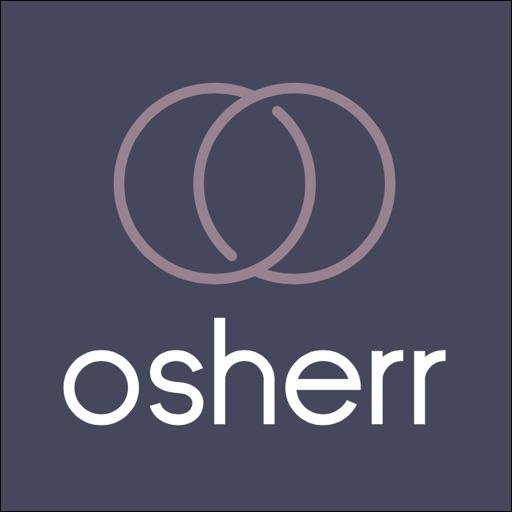Overview
Delivered for (and outsourced by): Satisfaction Web Solutions (Dewas)
This case study presents the development of an e-commerce mobile application frontend using React Native. The app aims to provide users with a seamless and intuitive shopping experience, allowing them to browse products, add items to the cart, make purchases, and track orders.
Problem
The problem addressed in this case study is the need to develop an e-commerce mobile application frontend using React Native. The objective is to create a seamless and intuitive shopping experience for users, allowing them to browse products, add items to the cart, make purchases, and track orders.
The challenge is to design and implement a frontend that provides a visually appealing interface, smooth navigation, and efficient integration with backend APIs in coordination with Satisfaction Web Solutions, for seamless data retrieval and transaction processing.

Power Your Online Business With e-commerce Website Development
Strategy & approach
Requirements Gathering: The initial phase involved gathering requirements from the client, which included features such as product browsing, search functionality, user registration, product filtering, cart management, payment integration, order tracking, and user profiles. The app was designed to provide a visually appealing interface with smooth navigation.
Technology Selection: React Native, a widely adopted cross-platform mobile development framework, was chosen for building the frontend of the e-commerce app. React Native allows for code reuse between iOS and Android platforms, reducing development time and effort.
Architecture Design: The app’s architecture was designed to follow a component-based approach, leveraging the modularity and reusability offered by React Native. Components were structured hierarchically to create a seamless user interface, ensuring easy navigation and interaction.
UI/UX Design: A user-centric approach was adopted to design the app’s user interface (UI) and user experience (UX). Wireframes and prototypes were created to visualize the app’s flow and interactions. Attention was given to visual aesthetics, intuitive navigation, and consistent branding.
Frontend Development: The React Native framework was utilized to implement the frontend of the e-commerce app. React Native components, such as FlatList, ScrollView, and TouchableOpacity, were used to display product listings, categories, and user interface elements. Navigation libraries like React Navigation facilitated the creation of screens and navigation flows.
API Integration: The frontend interacted with the backend through RESTful APIs. API endpoints were integrated to fetch product data, user information, cart details, and order tracking information. Libraries like Axios were used to make HTTP requests and handle responses.
State Management: State management libraries like Redux or React Context were utilized to manage the app’s state, including cart items, user authentication status, and product details. This allowed for efficient data management and synchronization across different screens.
Payment Integration: Payment gateways were integrated into the app to enable secure and seamless payment transactions. The payment flow was implemented, allowing users to select payment methods, enter billing details, and complete purchases.
Testing and Deployment: The e-commerce app underwent rigorous testing to ensure functionality, usability, and performance. Unit tests, integration tests, and end-to-end tests were conducted. Once testing was completed, the app was packaged and deployed to the respective app stores for iOS and Android platforms.
Continuous Improvement: Regular updates and enhancements were made based on user feedback and analytics. Improvements to the UI, UX, and performance were implemented to provide a better shopping experience. The app was continuously monitored to address bugs and optimize performance.
Tools & methods used
- Project Management – Agile with JIRA
- Mobile App Front End – React Native (iOS and Android)
- CI/CD – Appcenter Codepush
- Source Control – GIT




